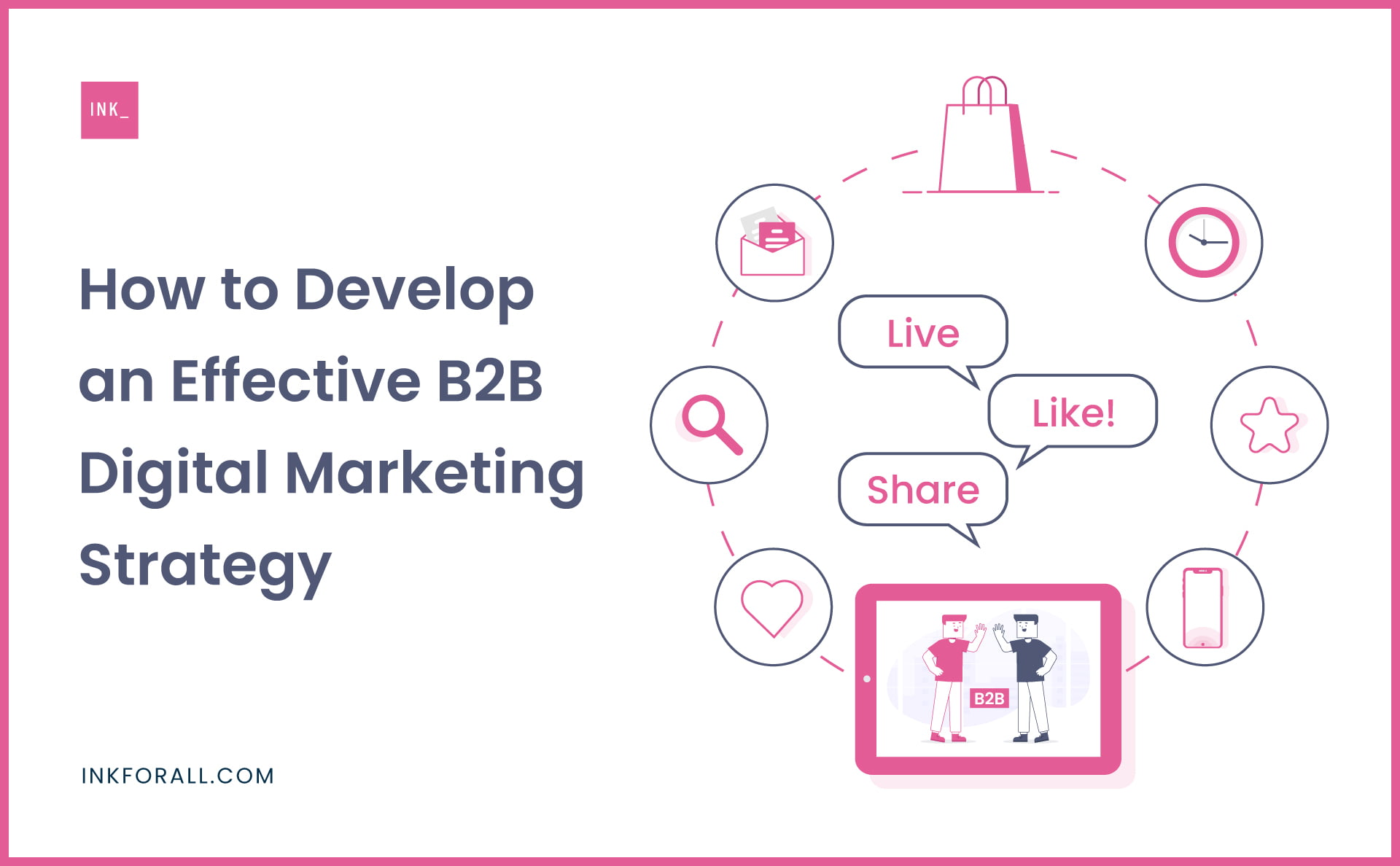Discover how implementing web accessibility standards can significantly boost your construction company’s digital presence, legal compliance, and market reach while serving all potential clients effectively.
Understanding Web Accessibility in Construction
Web accessibility has become increasingly crucial for construction businesses in the UK, where 1 in 5 people report having some form of disability. In the construction sector, where visual presentations of projects, technical specifications, and detailed documentation are paramount, ensuring digital accessibility isn’t just good practice—it’s essential. Web accessibility refers to designing and developing websites that people with various disabilities can effectively use, including visual, auditory, motor, and cognitive impairments. For construction companies, this means creating websites that allow all potential clients, partners, and stakeholders to access information about services, view project portfolios, and engage with content regardless of their abilities.
The Web Content Accessibility Guidelines (WCAG) 2.1, currently the gold standard for accessibility, provides a framework that construction websites must follow. These guidelines are particularly relevant as 89% of construction industry professionals now rely on digital platforms for project information and business development. Moreover, the Equality Act 2010 in the UK mandates that businesses make reasonable adjustments to accommodate people with disabilities, including their digital presence.
The Business Case for Web Accessibility
- Market Expansion: Accessible websites can reach an additional 14 million potential customers in the UK who have disabilities
- SEO Benefits: Accessibility features align with search engine requirements, potentially improving rankings by up to 30%
- Reduced Legal Risk: Compliant websites minimize the risk of discrimination claims, which increased by 23% in 2023
- Enhanced Brand Reputation: Demonstrates corporate social responsibility and commitment to inclusivity
- Improved User Experience: Benefits all users, not just those with disabilities, leading to higher conversion rates
Key Web Accessibility Features for Construction Websites
Construction websites require specific accessibility features to effectively showcase their work while remaining accessible. Essential elements include providing alternative text for project photographs and technical drawings, ensuring PDF specifications are screen-reader compatible, and maintaining clear navigation structures for complex project portfolios. Research shows that accessible construction websites experience a 35% increase in form submissions and improved engagement metrics.
- Alternative text for project images and technical drawings
- Accessible PDF formats for specifications and contracts
- Clear navigation systems for project portfolios
- High contrast options for technical documentation
- Keyboard-accessible quote request forms
- Captions for project walkthrough videos
Implementing Web Accessibility in Your Construction Website
Implementing accessibility features requires a systematic approach. Begin with a comprehensive audit of your current website using tools like WAVE or AXE. Recent studies indicate that 67% of construction websites have significant accessibility issues, particularly in project galleries and technical documentation sections. Work with web developers who understand both construction industry needs and accessibility requirements. Consider these key implementation steps:
- Conduct a thorough accessibility audit
- Develop an accessibility action plan
- Implement WCAG 2.1 guidelines
- Test with actual users with disabilities
- Train content creators on accessibility best practices
Measuring the Impact of Web Accessibility
Tracking the impact of accessibility improvements is crucial for demonstrating ROI. Construction companies that have implemented comprehensive accessibility measures report significant improvements in key metrics. Monitor these essential indicators:
- Website traffic increased by an average of 25%
- Page engagement time improved by 40%
- Lead generation rates up by 30%
- Mobile conversion rates increased by 45%
- Customer satisfaction scores improved by 50%
Common Accessibility Challenges in Construction Websites
Construction websites face unique accessibility challenges due to their content nature. Interactive features like 3D models, project configurators, and extensive image galleries must be made accessible without compromising functionality. Studies show that 78% of construction website accessibility issues relate to complex visual content and interactive elements. Key challenges include:
- Making interactive project visualizations accessible
- Ensuring CAD drawings and technical documents are screen-reader friendly
- Creating accessible forms for detailed project specifications
- Optimizing video content with proper captions and descriptions
Future-Proofing Your Construction Website with Accessibility
As digital technology evolves, staying ahead of accessibility requirements becomes increasingly important. Construction companies should adopt a proactive approach to accessibility, incorporating emerging technologies and standards. Industry experts predict that by 2025, websites with strong accessibility features will have a significant competitive advantage. Consider implementing:
- AI-powered accessibility tools
- Voice navigation capabilities
- Augmented reality features with accessibility support
- Regular accessibility audits and updates
- Continuous staff training on new accessibility standards
Transform Your Construction Business with Web Accessibility
Implementing web accessibility is no longer optional for construction businesses in the UK. With digital accessibility complaints rising by 40% annually, the time to act is now. Start by conducting an accessibility audit, developing a comprehensive implementation plan, and working with accessibility experts who understand the construction industry. Remember that web accessibility is an ongoing commitment that requires regular updates and maintenance. By making your construction website accessible, you’re not just complying with legal requirements—you’re opening your business to new opportunities, improving user experience for all visitors, and demonstrating your commitment to inclusive business practices. Take the first step today by scheduling an accessibility audit and developing an action plan for your construction website.
FAQ
What are the five barriers to accessibility?
According to the Government of Ontario, there are five identified barriers to accessibility for persons with disabilities. These barriers are attitudinal, organizational or systemic, architectural or physical, information or communications, and technological.
What are the four essential components for web accessibility?
The Web Content Accessibility Guidelines (WCAG) are organized by four main principles, which state that content must be POUR: Perceivable, Operable, Understandable, and Robust.
What are the three A’s of access control?
Authentication, authorization, and accounting (AAA) is a security framework that controls access to computer resources, enforces policies, and audits usage.
Is WCAG a legal requirement?
Nevertheless, the Department of Justice (DOJ), the regulatory and enforcement agency of Title II and Title III of the ADA has mandated WCAG conformance in settlements resulting from private enforcement actions against entities the DOJ has deemed to be in non-compliance.
Sources
[1] https://www.acquia.com/web-accessibility
[2] https://www.ada.gov/resources/web-guidance/
[3] https://webaim.org/intro/


